
Death of a dynasty: How the Romanovs met their end
On a July night 100 years ago, the family's rule of Russia came to a decisive, bloody end.
Revolution came to Russia in February 1917, and a month later Nicholas II, emperor and autocrat of all the Russias, abdicated his throne to become plain Nicholas Romanov. With revolution at home and catastrophic failure in the First World War abroad, the Romanov dynasty, which had celebrated its third century in power in 1913, came to a swift end. Bolshevik forces held the Romanov family as prisoners, moving from place to place until one bloody night in July 1918. The entire family was wiped out, victims to a fate that they refused to see coming. (Read more about Russia's chaotic year of revolution.)
Head in the Sand
Abdication could have been a relief for Nicholas, who took the throne in 1894 after the death of his father, Alexander III. Described as an unimaginative and limited man, he was suited neither by his abilities nor temperament to rule during such turbulent times. Chronically indecisive, Nicholas would put off issuing an order until the last minute and then simply repeat the most recent piece of advice he had been given. A joke making the rounds in St. Petersburg said that the two most powerful people in Russia were the tsar and whoever had spoken to him last. (See photos of St. Petersburg, Russia today.)
Nicholas was not a progressive overlord and firmly believed in his divine right to rule, a view his wife, Alexandra, shared. The Okhrana—his secret police, a terrible and murderous organization—operated with impunity.
As a leader, Tsar Nicholas knew few successes. In 1904, he fought and lost a war with Japan, and in 1905, faced a revolution at home against his autocratic regime. In the October Manifesto of 1905 he grudgingly pledged to create the Duma, an elected legislative body. Before it had held its first session, the tsar limited its powers in an attempt to hold on to his governing power. When World War I came in 1914, Nicholas led his people into a conflict that would strain the nation’s resources and cost millions of lives. Despite it all, he remained blind to his growing unpopularity and was convinced that the people loved him nonetheless. The people, for their part, took a different view. Their nickname for him was Nicholas the Bloody. (Read about the U.S. entry into World War I.)
Imperial Splendor
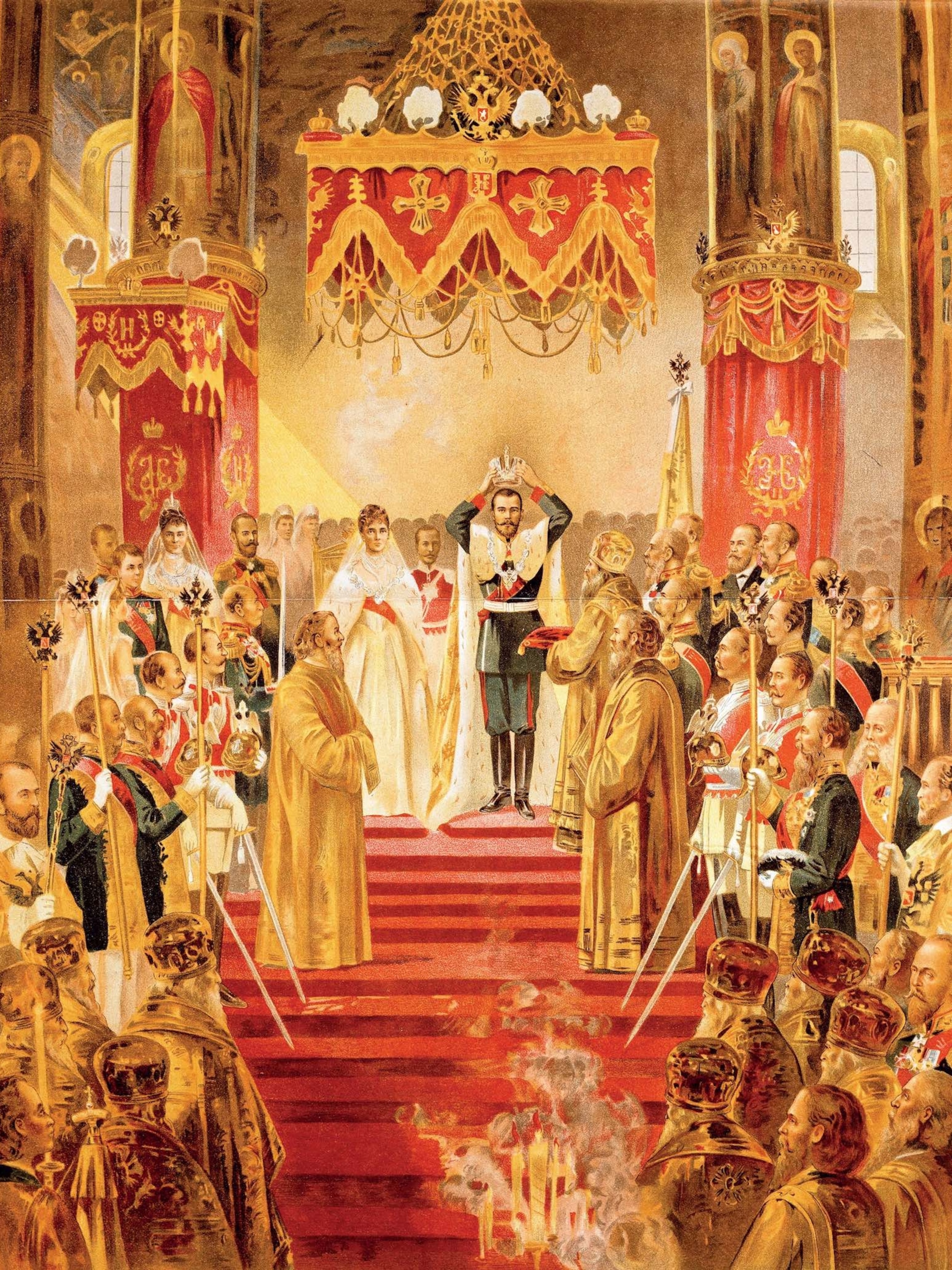



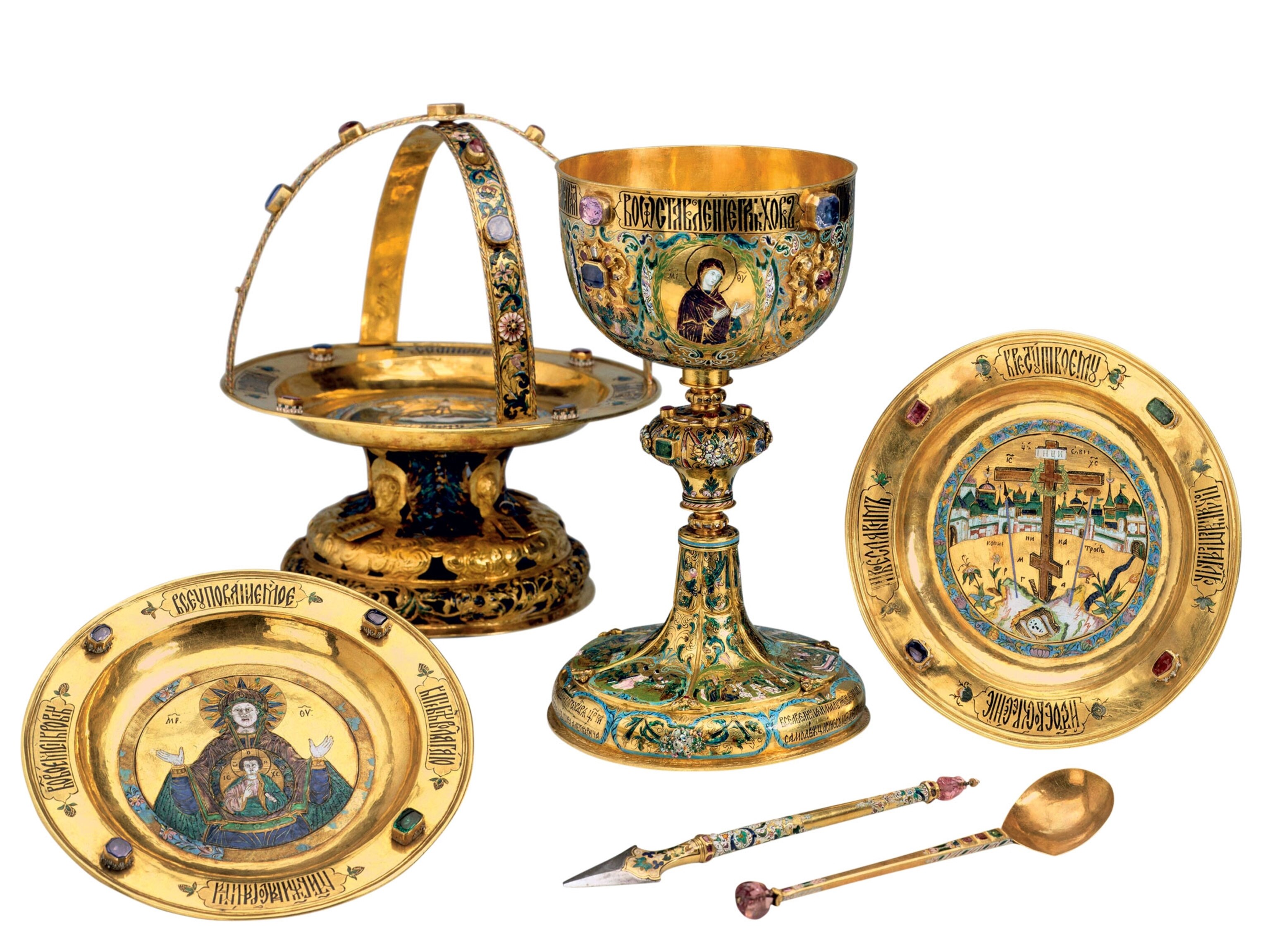

Royal Family
Nicholas was, however, a family man. He loved his wife, Alexandra, and she loved him. They were lucky to have such a match at a time when the general rule was that monarchs wed for dynastic convenience rather than affection. Married in 1894, they had four daughters, Olga, Tatiana, Maria, and Anastasia in succession. Alexei, the longed-for son and heir, was their last child, born in 1904. By all reports, the Romanovs were a happy and devoted family.

German by birth and granddaughter of Britain’s Queen Victoria, Alexandra possessed a more powerful and imposing character than her husband. An introverted and distant manner alienated her from the Russian people, who saw her as an outsider. Unlike her husband, Alexandra recognized her own unpopularity, which made her highly sensitive, controlling, and paranoid. (Also learn the love story behind Queen Victoria's crown jewels.)
Sigmund Freud once remarked that a family tends to organize itself around its most damaged member. For the Romanovs that could have been Alexandra. Her high-strung temperament ensured the constant attention and solicitude of her husband and daughters. Six years separated the oldest from the youngest grand duchess; Alexandra relied on all of them and kept them close. The family fondly nicknamed the older daughters Olga and Tatiana the “Big Pair,” and the younger sisters Maria and Anastasia, the “Little Pair.”
All of the family, especially Alexandra, doted on the youngest child, Alexei. The heir to the throne was born with hemophilia, which came from Alexandra’s side of the family. His health became the main focus of their lives. Nearly any activity carried the risk of a knock or cut that could trigger catastrophic bouts of bleeding. Alexandra would sleep on the floor by his bedside during the weeks of recuperation. The boy was gentle, with a mischievous streak and spoiled by his mother and sisters. In a period where parents of the upper classes cultivated a distant relationship with their children, Alexei’s physical dependence bonded him tightly to his mother and father.
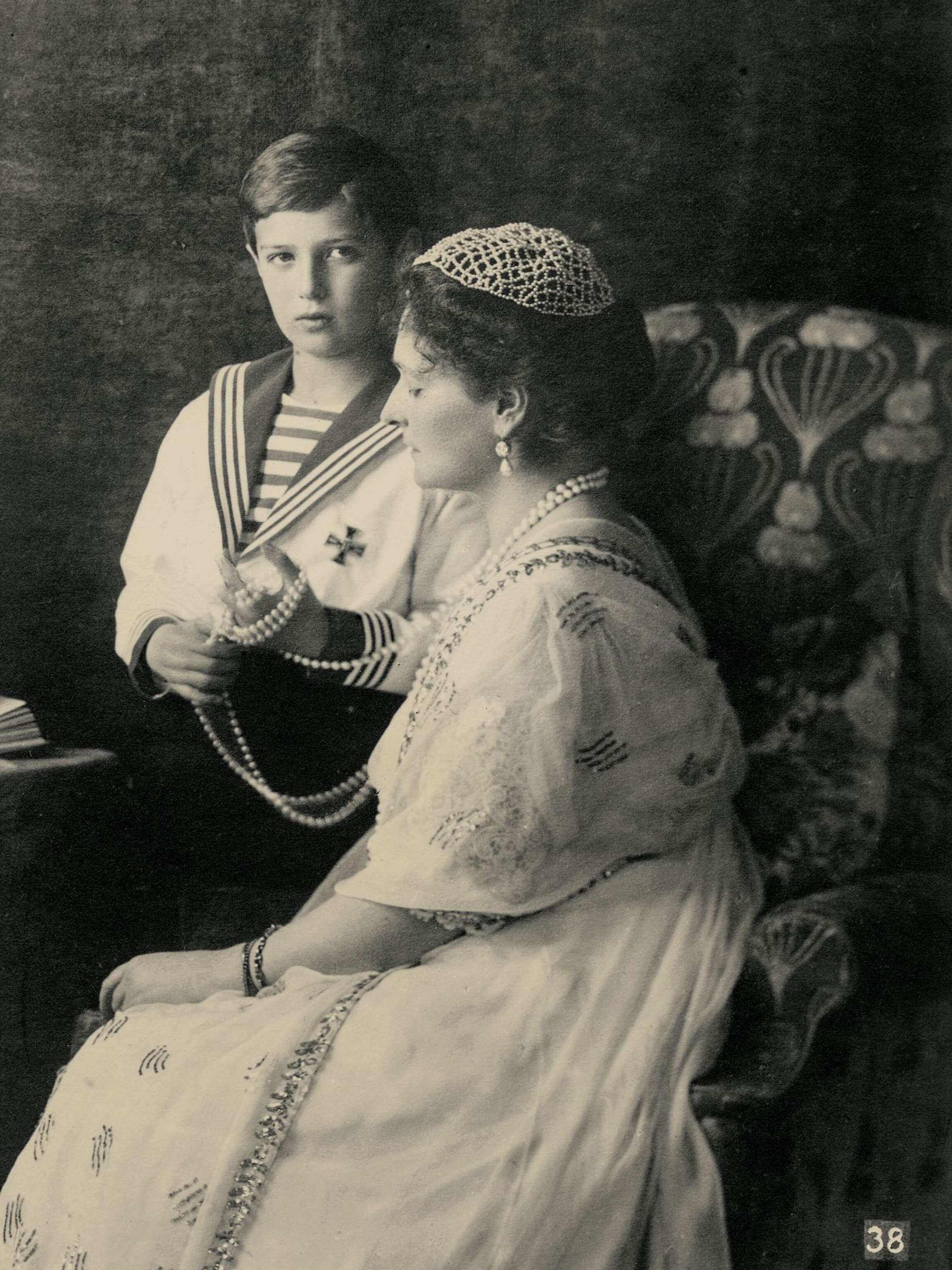
It also made them vulnerable. When someone came along who could exploit that vulnerability, they fell for him completely. Grigory Rasputin, born in western Siberia, was a self-proclaimed holy man. He had a mixed reputation for licentious behavior, healing powers, and the ability to see the future. Whether he was a huckster or believed he had supernatural powers is unclear. The Romanovs definitely believed in him, and he wielded powerful influence over the royal family, especially Alexandra.
Healing Hopes
When Rasputin first met the Romanovs in 1905, the tsarina was desperate. The 1905 revolution had almost seen the monarchy overthrown. The birth of Alexei the previous year gave them the heir she had been hoping for, but his hemophilia was not only a personal tragedy but also a threat to the dynasty. This situation of political crisis and maternal agony enabled Rasputin to insinuate himself into the family. In 1908 Alexei suffered a severe bleeding episode and Rasputin was able to ease the boy’s pain. The mystic allegedly warned Nicholas and Alexandra that the child’s health would be linked to the strength of the dynasty. Rasputin’s ability to keep the child healthy would secure him a place in the palace and the power to influence the tsar.

The relationship may have helped the tsarevitch, but it wrecked Alexandra’s reputation and further distanced her from the Russian people. Rumors swirled that Rasputin’s debauched behavior included seducing the tsarina. Although he almost certainly was not her lover, he did have affairs with untold numbers of women at the Romanov court. Nicholas ignored the calls to remove Rasputin from court, further angering the Russian people. Keeping his wife happy and his child happy kept Nicholas from removing the threat. (See how the faith of the Russian tsars now enjoys favored status.)
In September 1915, during World War I, Nicholas II traveled to the front to take personal command of Russian forces. The tsarina saw to domestic affairs, and Rasputin’s influence on her became evident in her choice of incompetent ministers. Losses on the front and Rasputin’s conduct at home turned the Russian people against their tsar and his family. The time was ripe for revolution.
Life in Captivity
For the Bolsheviks, once they took power in November 1917, the Romanovs simultaneously became a bargaining chip and a headache. Russia needed to negotiate its exit from World War I while also avoiding a foreign invasion. The country’s enemies would be watching what happened to the former rulers, but if the Romanovs remained alive they would forever be a symbol for the monarchist movement. Some wanted them sent into exile, some wanted them put on trial for their perceived crimes, and some wanted them to disappear, for good.
At first the family was sent to the palace at Tsarskoye Selo. Security concerns then sent them to Tobol’sk, east of the Ural Mountains. They were not treated badly, and Nicholas even seemed to thrive. He enjoyed the outdoor, rural life and did not miss the stress of being tsar. The family retained a generous staff: 39 servants altogether. They kept many of their personal possessions, including their beloved family leather-bound photograph albums. It was still possible in these early days of their imprisonment to dream of a happy ending. They might reach England and live in exile with their British cousin King George V. Better still, perhaps they would be allowed to retire to their estate in the Crimea, the scene of many happy summers.
They did not understand that, little by little, each escape route was closing until only one was left, the worst one: the road to Yekaterinburg.
A Family in Captivity



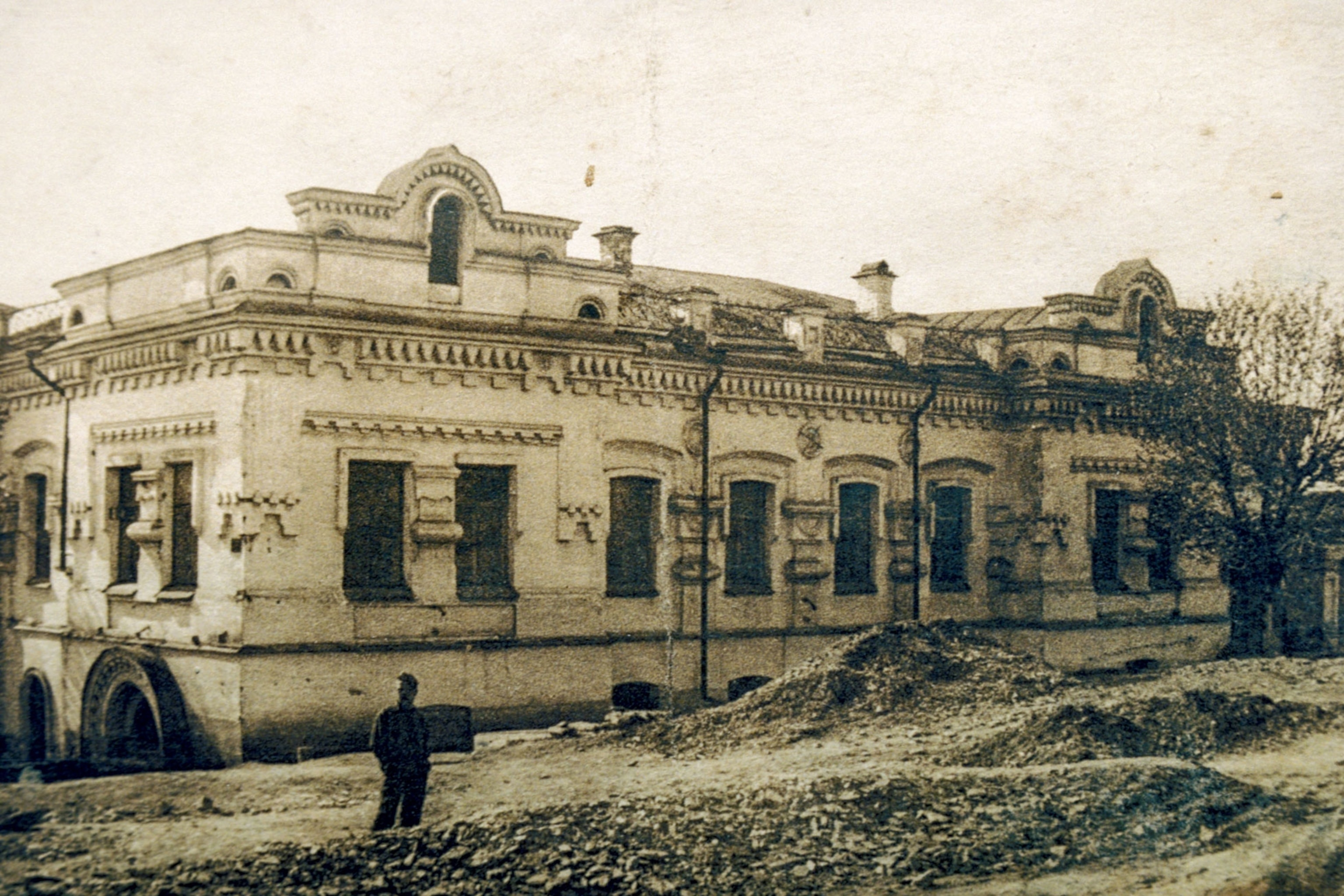

The most radicalized city in Russia, Yekaterinburg was strongly communist and fanatically anti-tsarist. “I would go anywhere at all, only not to the Urals,” Nicholas is reported to have said as the train approached his final residence. The family stayed in a large building known as the Ipatiev House, after its former owner. A high wooden palisade was constructed to cut off the outside world. They had the use of a garden for exercise. The man in charge, Avdeev, was corrupt (his men stole freely from the Romanovs) but not cruel. The guards were ordinary men, recruited from local factories. As time went on they became familiar and even friendly with their charges.
It couldn’t last. The local Bolsheviks replaced Avdeev with Yakov Yurovsky, the man who would orchestrate their murders. He stopped the petty thieving that had gone unpunished by his predecessor, but he instituted a much harsher regime and recruited stricter, more disciplined guards. He maintained a distant but professional relationship with Nicholas and Alexandra, even as he planned their deaths. Nicholas—getting it wrong yet again—even seemed to like him.

The Last Days
The last civilians to see the Romanovs alive were four women who had been brought in from the town to clean the Ipatiev House. Mariya Starodumova, Evdokiya Semenova, Varvara Dryagina, and an unidentified fourth gave the family a small amount of relief from the boredom of their confinement, and one final contact with the outside world.
The testimony of these women has given the most penetrating and humane portrait of the doomed family. Forbidden to speak to the Romanovs, the cleaners nevertheless had the chance to observe them at close quarters. At first, they were struck by the contrast between the tales of the family’s arrogance disseminated by anti-tsarist propaganda and the modest people they found before them. The grand duchesses were ordinary girls. As for poor, broken Alexei, he looked to Semenova like the epitome of delicate suffering. Like so many before her, she was particularly struck by his eyes, which were soft and callow, but which appeared to Semenova to be full of sadness.
The family, however, was delighted with the diversion. The sisters threw themselves into helping scrub the floors, taking the opportunity to speak with the cleaners in defiance of house rules. Semenova managed to say a few kind words to Alexandra. One of the scenes Semenova and Starodumova both remembered with great clarity was when Yurovsky sat down next to the tsarevitch and inquired after the boy’s health. A scene of rare kindness and sympathy made retrospectively sinister by the fact that Yurovsky was perfectly aware that within a short time he would be the child’s executioner.
The visit to the Ipatiev House made a deep impression on the women. The Romanovs were to be killed because they were the supreme symbols of autocracy. The irony was that, in Yekaterinburg, the Bolsheviks had turned them into the opposite of aristocrats. In the words of Evdokiya Semenova, “they were not gods. They were actually ordinary people like us. Simple mortals.”
On the night of July 16, a telegram was sent to Moscow informing Lenin of the decision to carry out the murders. Rousing the family and the four servants from bed at 1:30 a.m., Yurovsky informed them that fighting between Red and White forces was threatening the city and that they must be moved down to the basement for their own safety.
The Riddle of the Romanov Remains
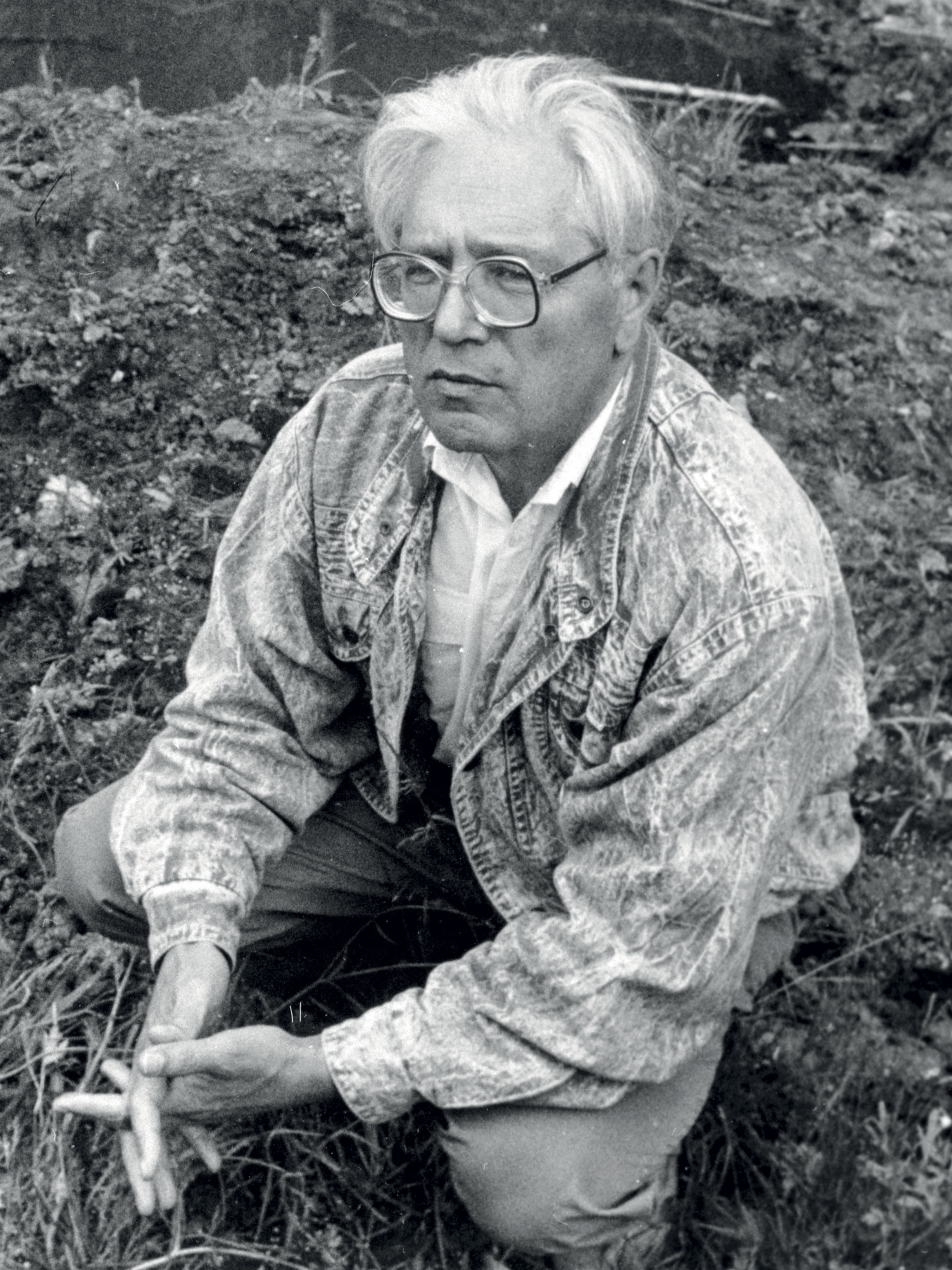




The Last Night
No evidence survives to suggest the Romanovs reacted with anything but docility. Carrying the tsarevitch in his arms, Nicholas led the family and the four servants—family doctor Eugene Botkin, maid Anna Demidova, chef Ivan Kharitonov, and footman Alexei Trupp—down to the cellar. Gathered together in a small, bare room, they still appeared oblivious to their fate. Chairs were fetched for Alexandra and Alexei while the others stood.
Yurovsky approached them, with the executioners behind him in the doorway, and read from a prepared statement to the astonished prisoners: “The presidium of the Regional Soviet, fulfilling the will of the Revolution, has decreed that the former Tsar Nicholas Romanov, guilty of countless bloody crimes against the people, should be shot.” When, he finished, they began firing on the family. Accounts are conflicting, but most say that the tsar was the main target, and that he died from several gunshots. The tsarina died from a bullet to the head.
As the room filled with gun smoke, discipline among the killers vanished. The grand duchesses seemed unharmed by the bullets, which had ricocheted off their bodies (it was later discovered that diamond jewelry sewn into their clothing had acted like armor during the initial assault). One of the murderers—a drunkard named Ermakov—lost all control and began to slash at the Romanovs with a bayonet. Finally, after a horror-filled 20 minutes, the entire family and their servants were all dead: shot, stabbed, and beaten.
The 11 bodies were hauled out of the house and loaded onto a truck. The disposal of the remains was chaotic. Scholars believe the bodies were first dumped in a shallow mine called Ganina Yama, which the Bolsheviks tried to collapse with grenades. The shaft stayed intact, so the bodies were hastily removed. On the way to the new burial site, the truck got mired in mud, and two bodies—now believed to be Alexei and Maria—were removed and disposed of in the forest. The nine other bodies were burned, doused with acid, and buried in a separate grave not too far away.
Survivor Stories

Rumors that some of the Romanovs had survived their execution arose almost immediately after their deaths. Because their bodies remained undiscovered for decades and Communist authorities were coy about the events at the Ipatiev House, these whispers grew into legends. All of the Romanov children were impersonated at one time or another, but Anastasia was at the center of the most notorious claims to the Romanov estate. Perhaps the most famous claimant was a woman rescued from a Berlin canal in 1920. Admitted to the hospital, and carrying no identification, she reluctantly told the authorities she was Anastasia Romanov and recounted a detailed story of how she had escaped the slaughter. She later moved to the United States, where she went by the name Anna Anderson and continued claiming she was Anastasia until her death in 1984. Although it is generally believed Anderson was a mentally ill Polish factory worker, her extraordinary story became the subject of public fascination, and the inspiration for the 1956 movie Anastasia starring Ingrid Bergman as the lost grand duchess. When the last of the Romanov remains were identified in 2008, any lingering hopes that some might have survived were put to rest.
Truth Comes Out
After the Romanov family’s murder, Soviet officials were cagey when addressing the topic. Even shortly after the Bolsheviks announced Nicholas’s death, they were claiming that Alexandra and Alexei were alive in a safe place. The deaths would not be officially confirmed until 1926, and even then the Soviets refused to accept responsibility for the execution.
Josef Stalin officially suppressed discussion of the family’s fate in 1938, and the Ipatiev House was demolished in 1977 as Soviets decreed it had “no historical value.” The forced silence surrounding the Romanovs’ fate may have quelled open discussion, but it fueled unending curiosity. Royal imposters would spring up in the coming decades, most claiming to be one of the tsar’s children. Each time a new claimant appeared, the story would be resurrected, making it impossible for the mystery to die as the Soviets hoped it would. In 1979 a pair of amateur sleuths found the larger burial site near Yekaterinburg, but the find was kept secret until after the collapse of the Soviet Union.
As a new revolution spread through Russia, scientists returned to Yekaterinburg in 1991 to reclaim history. They exhumed the remains of nine people, who were later scientifically identified as Nicholas, Alexandra, Olga, Tatiana, Anastasia, and their four servants. Finding their bones began a healing process in which both the horrors of their deaths and their places in history could be acknowledged.
In 1998 these remains were laid to rest in St. Petersburg’s Sts. Peter and Paul Cathedral, traditional burial place of the tsars. In 2000 the Russian Orthodox Church canonized Nicholas, Alexandra, and their children as “passion-bearers.” At Ganina Yama—the first place where Bolsheviks tried to dispose of the bodies—the Russian Orthodox Church erected a monastery. Where the Ipatiev House once stood, the magnificent Church on the Blood was consecrated in 2003 and has since become a pilgrimage site. In 2007 Alexei’s and Maria’s remains were found, and later identified using DNA analysis.
It has been said that families who are closely attached may cut themselves off from the outside world. So it was with the Romanovs. Their self-absorption made them slow to appreciate their danger, but their love strengthened each other and made their confinement bearable. It was the greatest mercy of their last months that, right up to the terrible end, they were, at the very least, all together.
Related Topics
You May Also Like
Go Further
Animals
- Behind the scenes at America’s biggest birding festivalBehind the scenes at America’s biggest birding festival
- How scientists are piecing together a sperm whale ‘alphabet’How scientists are piecing together a sperm whale ‘alphabet’
- Orangutan seen using plants to heal wound for first timeOrangutan seen using plants to heal wound for first time
- What La Palma's 'lava tubes' tell us about life on other planetsWhat La Palma's 'lava tubes' tell us about life on other planets
Environment
- The northernmost flower living at the top of the worldThe northernmost flower living at the top of the world
- This beautiful floating flower is wreaking havoc on NigeriaThis beautiful floating flower is wreaking havoc on Nigeria
- What the Aral Sea might teach us about life after disasterWhat the Aral Sea might teach us about life after disaster
- What La Palma's 'lava tubes' tell us about life on other planetsWhat La Palma's 'lava tubes' tell us about life on other planets
- How fungi form ‘fairy rings’ and inspire superstitionsHow fungi form ‘fairy rings’ and inspire superstitions
History & Culture
- This thriving society vanished into thin air. What happened?This thriving society vanished into thin air. What happened?
- These were the real rules of courtship in the ‘Bridgerton’ eraThese were the real rules of courtship in the ‘Bridgerton’ era
Science
- Is the 5-second rule true? Science finally has an answer.
- Science
- Gory Details
Is the 5-second rule true? Science finally has an answer. - E-bikes are good for the environment—but what about your health?E-bikes are good for the environment—but what about your health?
- Why trigger points cause so much pain—and how you can relieve itWhy trigger points cause so much pain—and how you can relieve it
Travel
- The best LGBTQ-friendly destinations for every travelerThe best LGBTQ-friendly destinations for every traveler
- 6 of the best active pursuits on Cape Cod and the Islands
- Paid Content
6 of the best active pursuits on Cape Cod and the Islands - The key to better mindfulness may be your public gardenThe key to better mindfulness may be your public garden







